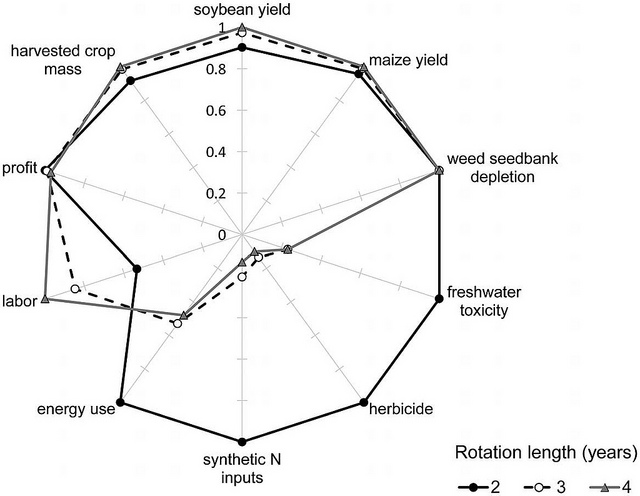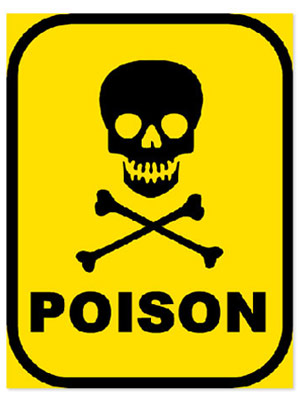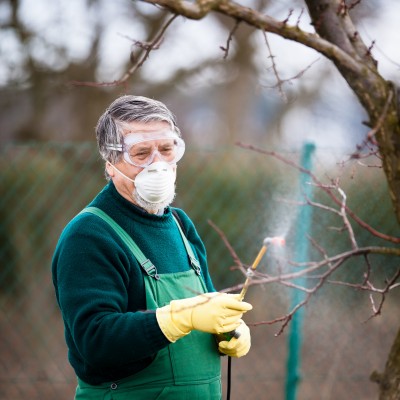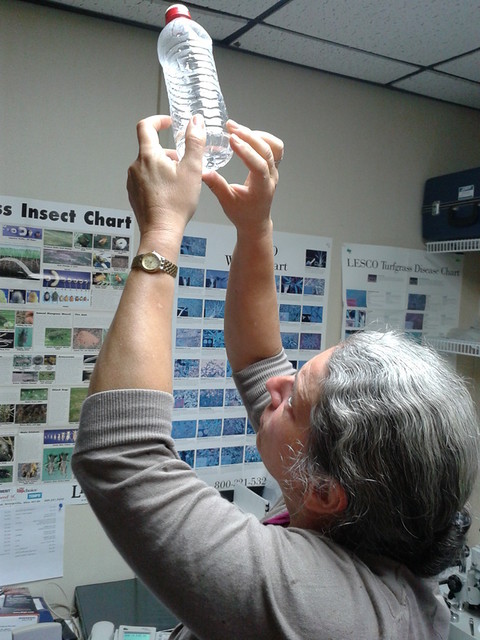 Nature is not something
out there, apart from people.
It never was, and nowadays people have built and farmed and clearcut
so much that wildlife species from insects to birds are in trouble.
In south Georgia people may think that our trees make a lot of wildlife habitat.
Actually, most of those trees are planted pine plantations with
very limited undergrowth, and in town many yards are deserts of grass
plus exotic species that don’t support native birds.
Douglas Tallamy offers one solution:
turn yards into wildlife habitat by growing native species.
Since we are as always remodeling nature, we might as well do it
so as to feed the rest of nature and ourselves,
and by the way get flood prevention and possibly cleaner water as well,
oh, and fewer pesticides to poison ourselves.
Nature is not something
out there, apart from people.
It never was, and nowadays people have built and farmed and clearcut
so much that wildlife species from insects to birds are in trouble.
In south Georgia people may think that our trees make a lot of wildlife habitat.
Actually, most of those trees are planted pine plantations with
very limited undergrowth, and in town many yards are deserts of grass
plus exotic species that don’t support native birds.
Douglas Tallamy offers one solution:
turn yards into wildlife habitat by growing native species.
Since we are as always remodeling nature, we might as well do it
so as to feed the rest of nature and ourselves,
and by the way get flood prevention and possibly cleaner water as well,
oh, and fewer pesticides to poison ourselves.
Douglas Tallamy makes a clear and compelling case in
 Bringing Nature Home: How You Can Sustain Wildlife with Native Plants
Bringing Nature Home: How You Can Sustain Wildlife with Native Plants
…it is not yet too late to save most of the plants and animals that sustain the ecosystems on which we ourselves depend. Second, restoring native plants to most human-dominated landscapes is relatively easy to do.
Some of you may wonder why native species are so important? Don’t we have more deer than we can shoot? Maybe so, but we have far fewer birds of almost every species than we did decades and only a few years ago.
Some may wonder: aren’t exotic species just as good as native ones,
if deer and birds can eat them?
Actually, no, because many exotic species are poisonous
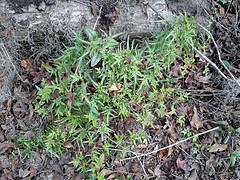 to native wildlife, and because invasive exotics crowd out natives
and reduce species diversity.
From kudzu to
Japanese climbing fern, exotic invasives are bad for wildlife
and may also promote erosion and flooding by strangling native vegetation.
to native wildlife, and because invasive exotics crowd out natives
and reduce species diversity.
From kudzu to
Japanese climbing fern, exotic invasives are bad for wildlife
and may also promote erosion and flooding by strangling native vegetation.
All plants are not created equal, particularly in their ability to support wildlife. Most of our native plant-eaters are not able to eat alien plants, and we are replacing native plants with alien species at an alarming rate, especially in the suburban gardens on which our wildlife increasingly depends. My central message is that unless we restore native plants to our suburban ecosystems, the future of biodiversity in the United States is dim.
Tallamy had an epiphany when he and his wife moved to 10 acres in Pennsylvania in 2000:
Continue reading